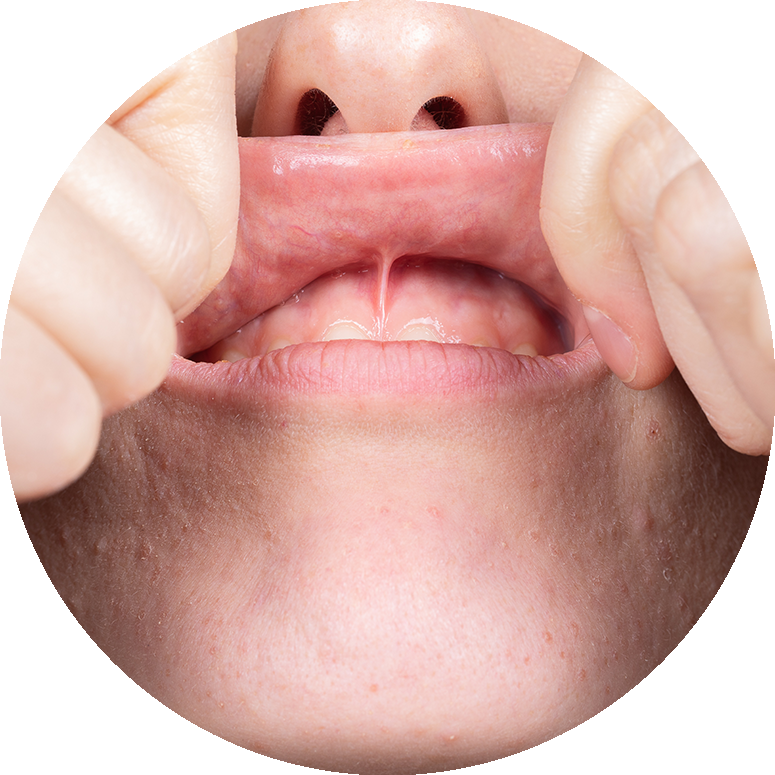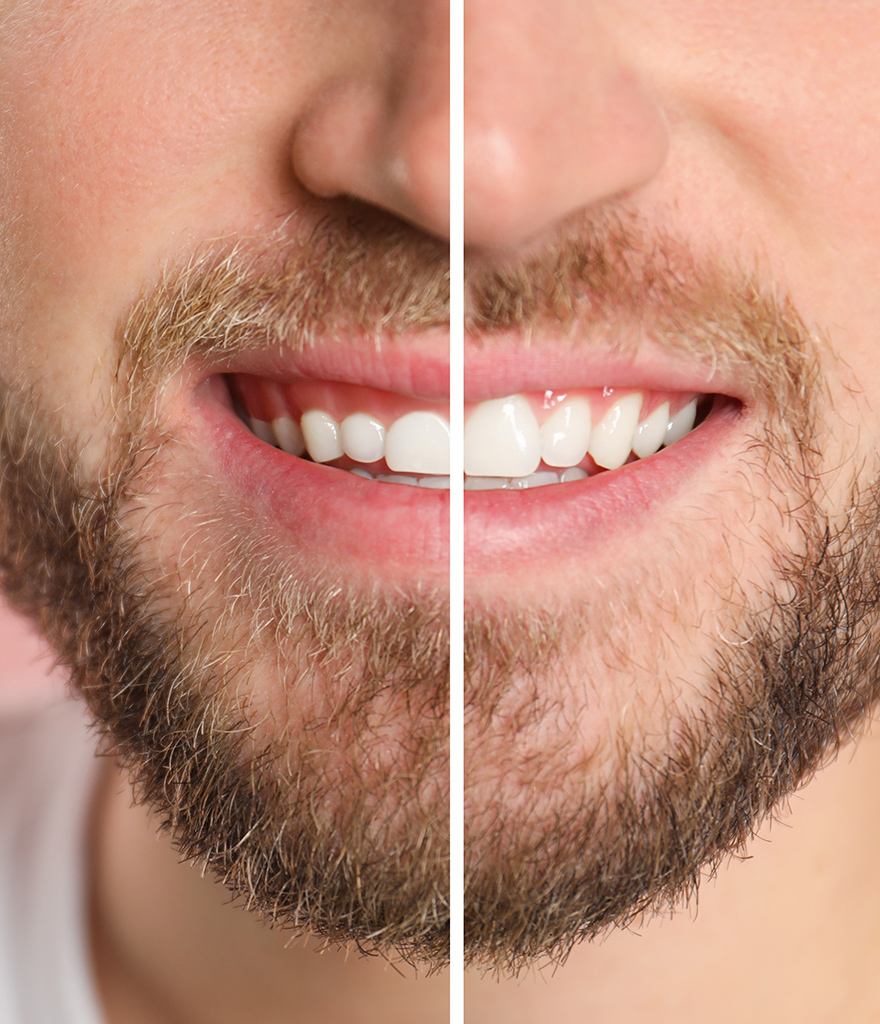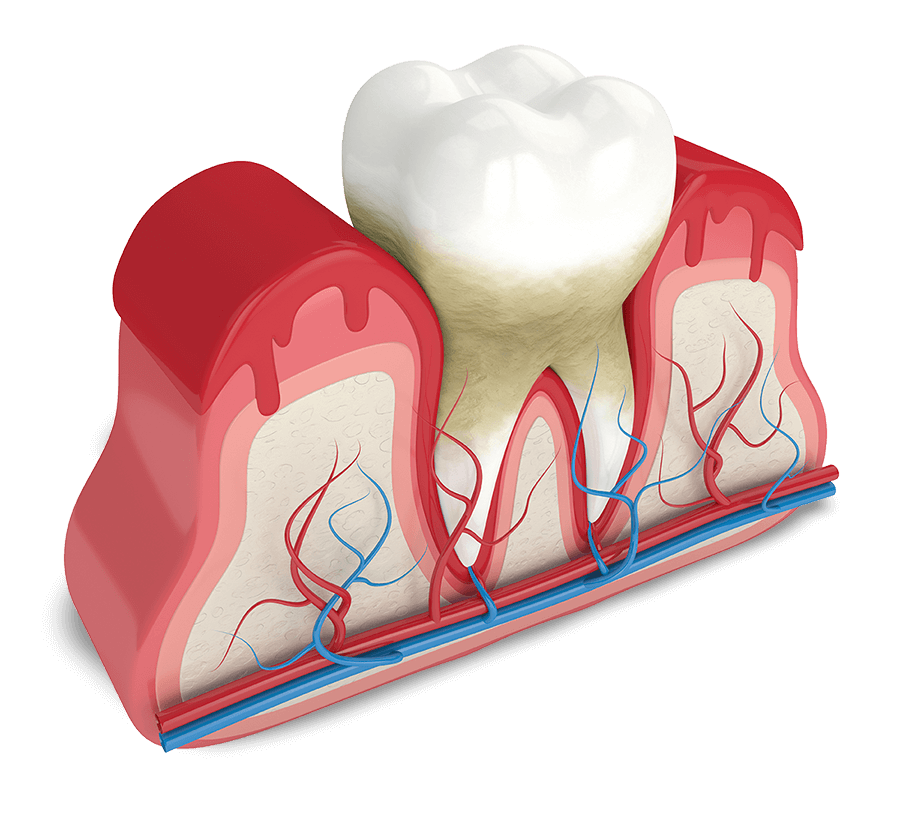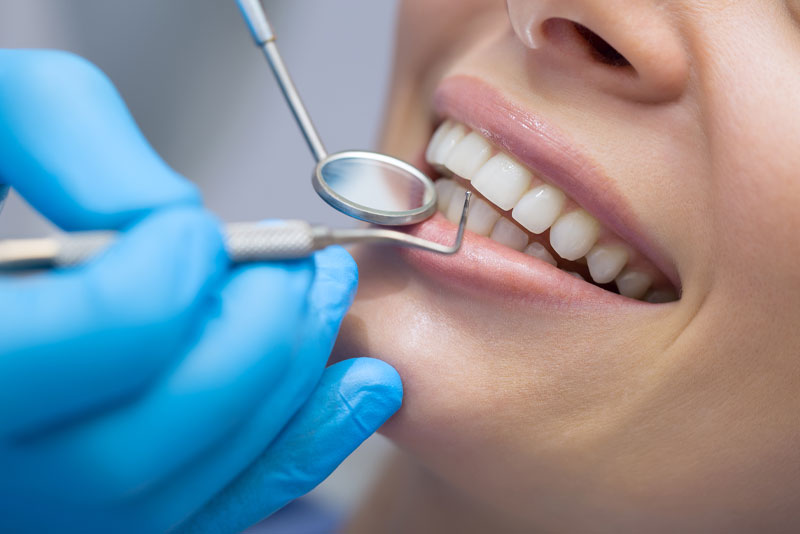

A frenum is a naturally occurring muscle attachment, typically seen between the front teeth (either upper or lower). It connects the inner aspect of the lip with the gum. A lack of attached gingiva and a high (closer to the biting surface) frenum attachment, which exaggerates the pull on the gum margin, can result in recession. Additionally, an excessively large frenum can prevent the teeth from coming together resulting in a gap between the front teeth. If pulling is seen or the frenum is too large to allow the teeth to come together, the frenum is surgically released from the gum with a frenectomy. A frenectomy is simply the surgical removal of a frenum.

A gingivectomy is usually performed when a patient has severe periodontal or gum disease that has not responded well to scaling and root planing or other periodontal procedures and is a procedure that is typically provided by a doctor. It is important to your overall health to effectively treat and control gum disease. Gingivectomies are performed to remove and reshape loose, diseased gum tissue, and to reduce the depth of pockets between the teeth and gums.
This procedure can also be indicated when an overgrowth of gum tissue has occurred resulting from certain health conditions, anti-seizure or hypertensive medications, or rapid orthodontic movement.
It has been estimated that 75% of Americans have some form of gum disease.


Before the procedure begins, your doctor will numb the area using a local anesthetic. Small incisions are then made and excess gum tissue is carefully removed. After all areas of diseased tissue have been removed, a putty-like substance is then placed over the gums. This substance is designed to protect your gums as they heal.
After the procedure, it is important to eat only soft foods and to drink only cool or slightly warm liquids while the putty is in place and your gums are healing. It is vital to keep the mouth clean after the procedure, especially if you have gum disease. While it is important not to brush in the area where the procedure was performed for a short time following your gingivectomy, it may be possible to brush and floss the rest of the mouth. After a few weeks, the gums will be completely healed and it will be possible to resume brushing and flossing when recommended to do so by your doctor, though this should be done gently at first.

